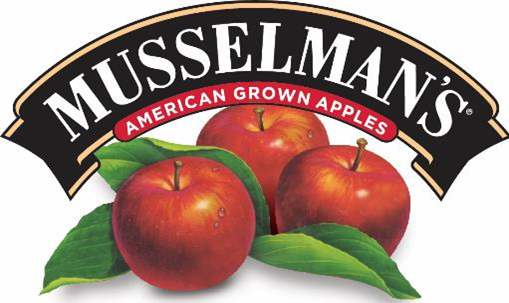
Most likely, your children are NOT getting enough of this essential vitamin. Old wives’ tales suggest, if your child is drinking milk and playing outside, then they are fulfilling their daily requirement of Vitamin D. Unfortunately, this is not completely true and according to the American Academy of Pediatrics, now more then ever children are Vitamin D deficient. This is due mainly to lifestyle change, sunscreen use, and consuming diets low in Vitamin D.
Importance of Vitamin D
Vitamin D is a fat-soluble vitamin that is naturally found in food sources, can be produced in the body from exposure to UV rays (sunlight), and taken as a supplement. Vitamin D helps the body absorb minerals like calcium and phosphorus through the gut. Without adequate Vitamin D a child can develop rickets, (a bone softening disease that can lead to bone deformities and fractures) and can keep your child from reaching their ideal height and bone mass (up to 90% of our peak bone mass is developed by age 18).
In addition to building strong bones and teeth, Vitamin D:
- Aids in hormone regulation
- Promotes a healthy immune system
- Supports insulin production
- Facilitates cell growth
Sources of Vitamin D
Vitamin D is known as the “sunshine vitamin” because it is made in the body from exposure to sunlight (UV rays). It can be also be consumed through food, or by taking supplements. The best source is through sunlight; however, your child’s body is unable to produce Vitamin D when it is covered in sunscreen or layered with clothing. To ensure you child is getting adequate amounts of Vitamin D it is best to chat with your child’s pediatrician to determine their specific need. On average children 1 year or older require about 600 IU, or 15mcg of Vitamin D a day. Since experts warn too much exposure to UV rays can result in skin conditions and cancer it is best to consider food sources to get enough Vitamin D.
Food Sources of Vitamin D and their value
- Salmon: 102 IU
- Fortified yogurt: 80 IU
- Canned tuna: 66 IU
- Orange juice, fortified with 25 percent of daily value for vitamin D: 50 IU
- Fortified milk (whole, low-fat, or skim): 49 IU
- Fortified American cheese: 40 IU
- Fortified, ready-to-eat cereal: 19 IU
- Mackerel: 11.6 IU
- Egg yolk: 10 IU
- Fortified margarine: 10 IU
- Swiss cheese: 6 IU
Check out this delish Tuna Noodle Casserole, that your children will LOVE and is packed with Vitamin D!
https://blog.onpoint-nutrition.com/recipe/tunanoodlesalad
Tuna Noodle Casserole
Ingredients:
4 oz shell pasta (whole wheat or @banza for extra protein)
2 cans white albacore tuna, packed in water, drained
2 ribs celery, chopped
1/4 cup red onion, chopped
1 cup frozen peas, boiled in water, then drained
1/4 cup light or avocado oil mayo
1/4 cup plain Greek yogurt
Salt and freshly ground black pepper, to taste
Garlic powder, to taste
Smoked paprika, to taste
Instructions:
- Cook noodles according to package instructions, until al dente. Drain then rinse under cold water.
- Cook peas, according to package. Drain, rinse and set aside.
- In a large bowl add chopped onion and celery, peas, cooked pasta, and drained tuna.
- Mix in mayo and Greek yogurt. Season with salt, pepper, garlic powder and paprika.
- Taste, adjust as needed adding a bit more mayo or seasonings.
Recently awarded Philadelphia Magazine’s – Best of Philly 2018, OnPoint is your go-to for all things health and nutrition. We are a team of Registered Dietitians and Nutritionists who believe in a whole foods, anti-diet approach to healthy living. Our evidence-based, one-on-one, virtual approach ensures you receive the highest level of service and sustainable results. Click here to learn more about the OnPoint approach.






